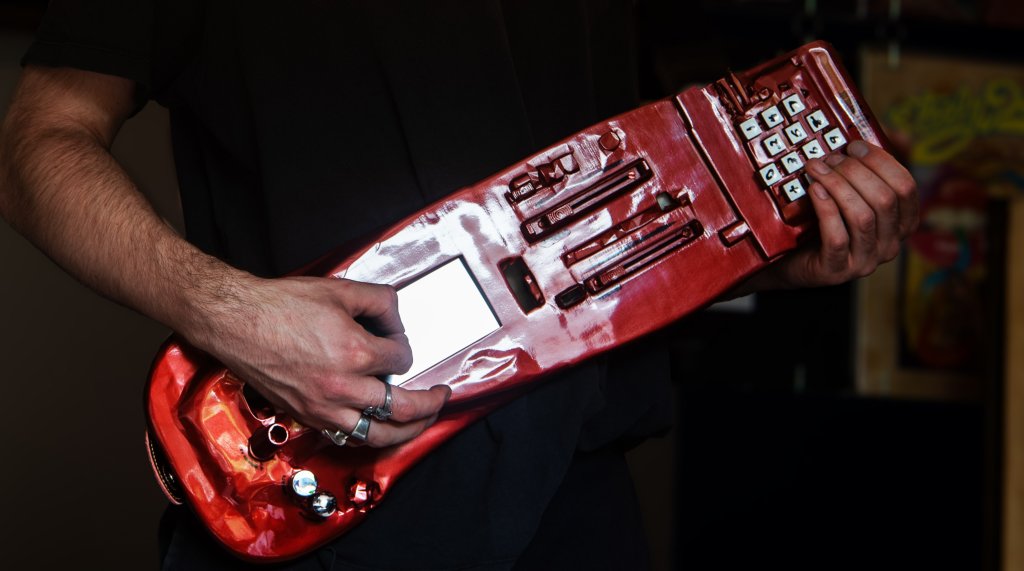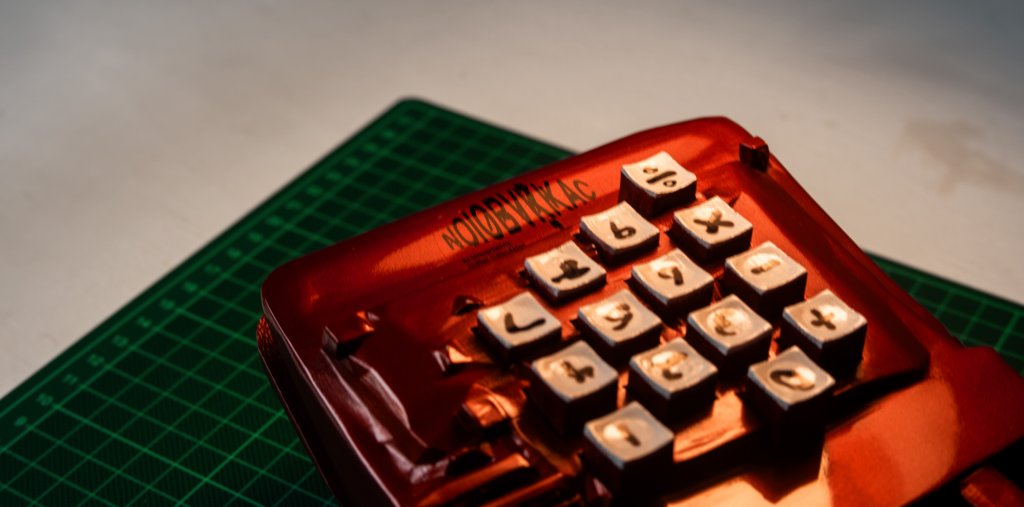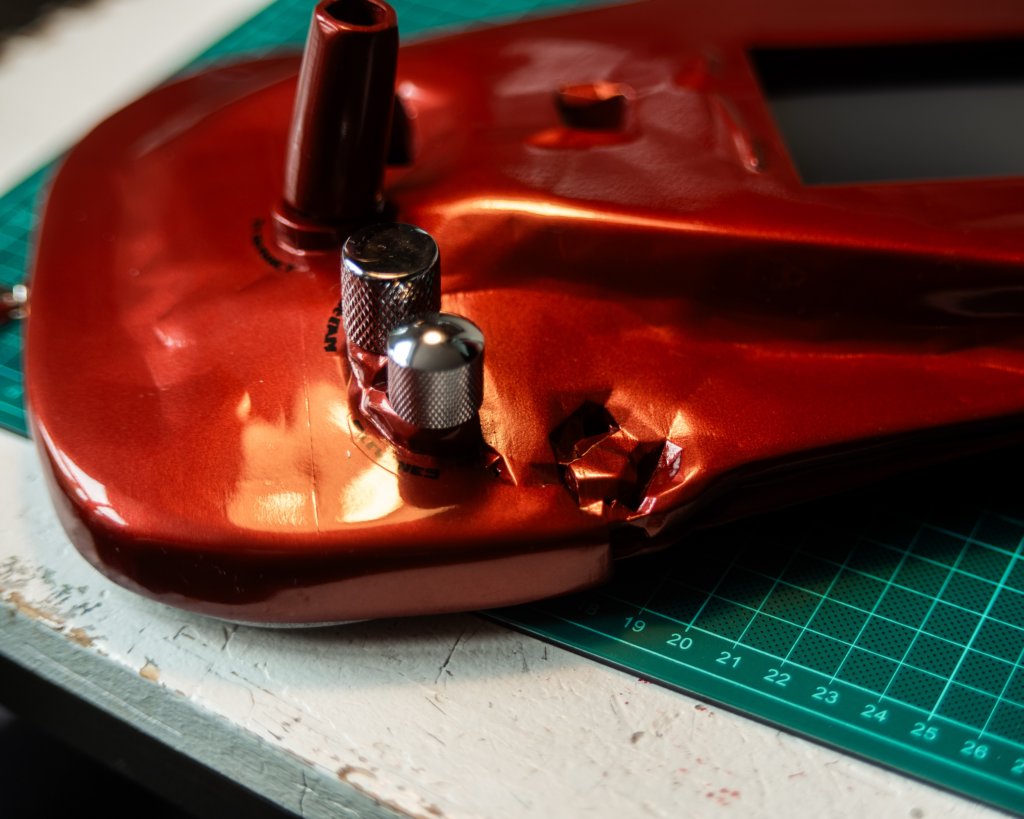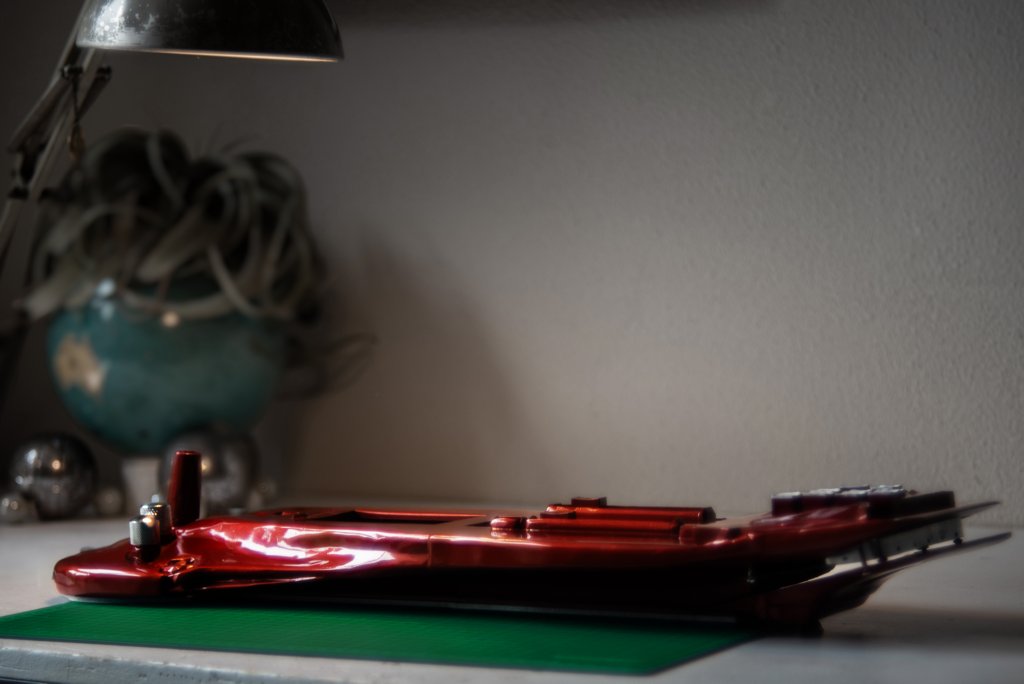In this project, I tackle the challenge of using AI’s uncertainty as a design material rather than as a solvable problem. Instead of approaching AI from its strengths, I explore its weaknesses to uncover the character of this emerging technology. I investigate what works, what doesn't, and in which contexts AI uncertainty can be valuable. I used all kinds of objects - kitchen utensils, desk ornaments, and musical instruments, employing a range of AI models including image classifiers, generators, LLMs, and custom-trained systems. By treating uncertainty as a raw material, I aimed to discover new design territories where unpredictability becomes a creative asset.
Should we fix AI-imperfections, or learn to dance with them?
I created numerous objects and experiments across different fidelities, from sketches to functional prototypes. My methodology involved first locating uncertainty within AI systems, then pushing models to their limits to maximize unpredictable outputs. Some discoveries included temporal forgetting: where limited image-to-video generators lose information between iterations, creating evolving visual narratives, with uncertainty emerging during dimensional transitions (2D to 3D conversions). I deliberately fed models poor-quality inputs: blurry images, low resolution starting points, creating maximum gaps for AI to fill unpredictably. This resulted in objects like a calculator guitar that merges unexpected functionalities. It was like having a creative coworker who completely messes up your workspace, sometimes producing valuable insights, sometimes not. Through micro-experiments spanning multiple AI modalities, I mapped where uncertainty naturally occurs and developed techniques to amplify it as a generative design force.


This project embodies "Less Hope, More Action!" by treating AI as a present material rather than a future promise. Instead of waiting for perfect systems, I engage directly with AI's current limitations as creative opportunities. Within "Digital Future," the work demonstrates how designers can actively shape emerging technologies through hands-on experimentation rather than passive adoption. The impact lies in revealing AI uncertainty as a legitimate design material that produces genuinely novel experiences and interactions. However, inherent limitations include AI’s unpredictable nature, making consistent results challenging, and requiring significant experimentation time. The project shows that by working with AI's imperfections, designers can discover unexpected creative territories and develop new relationships with digital tools on their own terms.




